
“More than a film
but a platform for healing—
Through ongoing community involvement &
open conversations around Generational Trauma.”
Feature Film | Directorial Debut
Indie Drama, 1 hour 45 minutes
Summary
Two runaway sisters try to live with the ghost of their past, until one finally confronts their toxic reality, in order to heal.
© Sizzle reel images by director of photography,
Yann Manuel-Hernandez—music by film score composer, Miranda Mulholland.
Synopsis
Set in the 90s, in a blue-collar town, And Then There Were Four follows runaway sisters Peach and Penny—who’ve spent years trying to escape the ghost of their past. A pact was made between them: to sever all ties with their abusive parents. Our story starts with the sisters, now in their mid-30s. Peach, the elder sister, is 2 years sober. A tomboy mechanic, she works at the local garage. Still grieving her husband’s sudden death, she struggles to raise her seven-year-old son, Jake. Penny, mother to three-year-old Lily (born from a toxic relationship with ex, Josh), is a waitress at the local bar. A broken romantic, she lives in denial—clinging to idealistic memories of a childhood that never really was. Together, the sisters raise their kids in a fragile peace, dreaming of a better life—until a phone call from their estranged mother, Emily, shatters the illusion. As Emily shares news of their father’s death, it’s revealed that Penny has secretly been in contact with their mother. Betrayed and overwhelmed, Peach spirals–breaking her sobriety. In a moment of blackout confession, she unknowingly discloses the painful details of her father’s abuse to her young niece, Lily. When Lily innocently repeats sexually-natured fragments to her mother, the household begins to fall apart.
Meanwhile, Eliott, a boy passing through town, is hired by Ray (Indigenous, Peach’s boss and father in law). Both witness Peach’s emotional unravelling. After a night of drinking, Peach finds her sister beaten up from an argument with Josh. Hauling ass, Peach gets Penny to the hospital, leading to an inebriated argument with the staff—landing her in handcuffs and jail for the night. Peach is exhausted: it’s time to face her sister—but discovers that Penny’s been keeping an even bigger secret. The son Peach had when was seventeen was not, in fact, stillborn–but secretly put up for adoption by their parents. He’s alive. In a moment of blind rage, Peach lashes out at Penny—and their children witness the violence. The cycle they tried to escape has been repeated. Lies have led nowhere. They’re hurting their kids. They have to change.
As the sisters move forward in truth, Eliott reveals the real reason he’s come to town. After Penny contacted his adoptive parents—he’s been looking for his biological mother, Peach, ever since. With the past finally laid to rest, a fractured family begins to heal—and finds the courage to choose a different future.
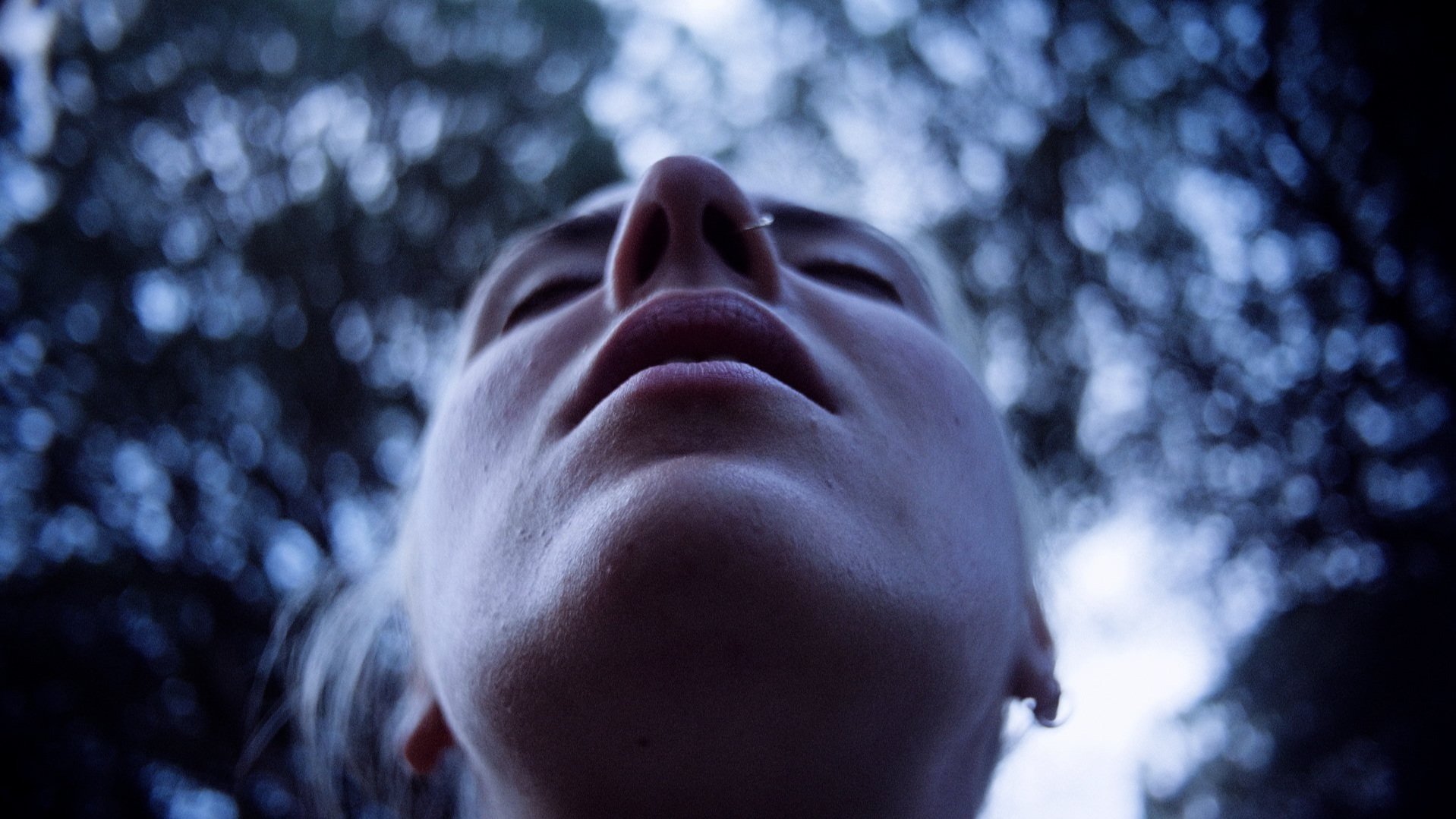



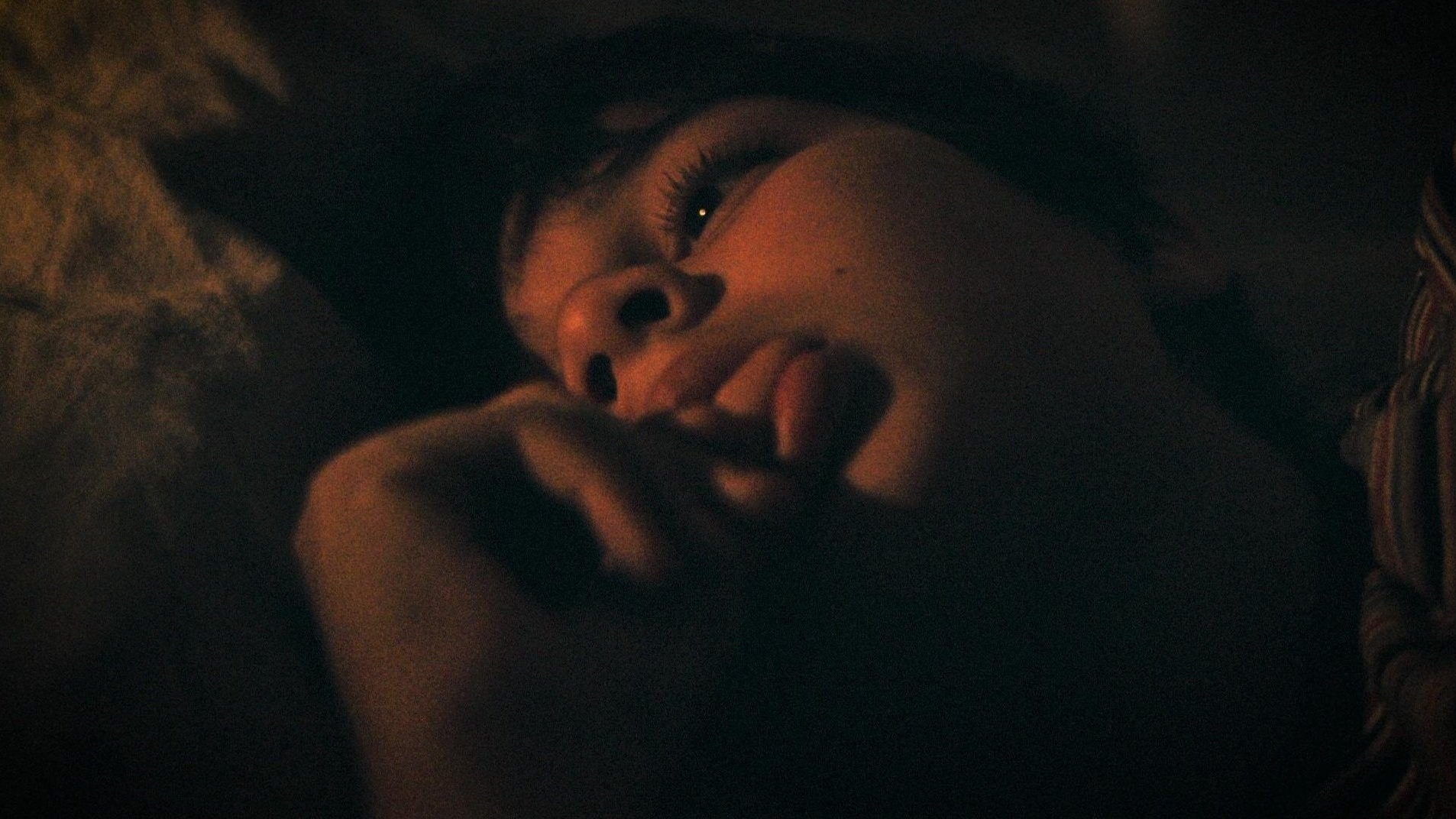





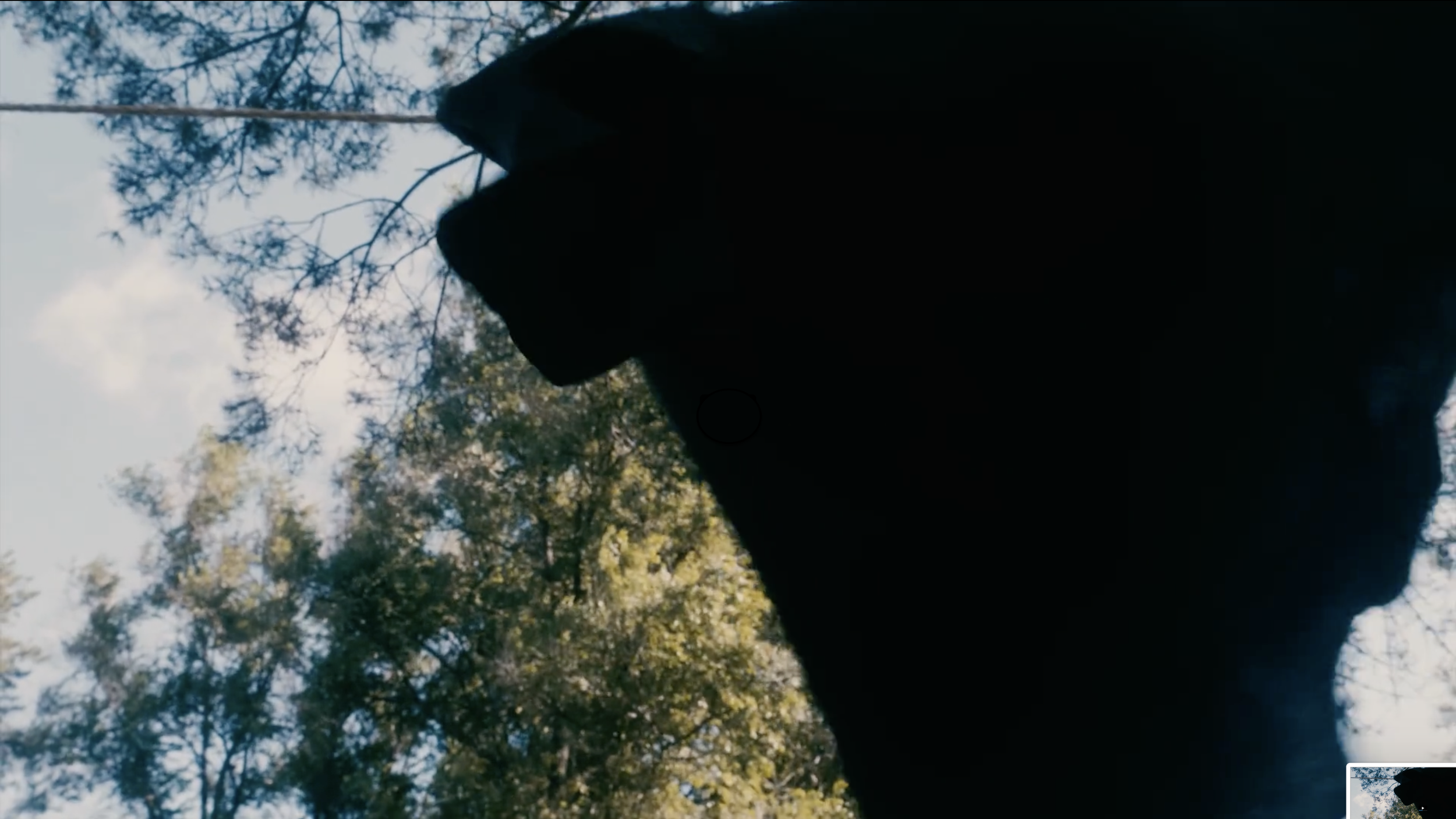




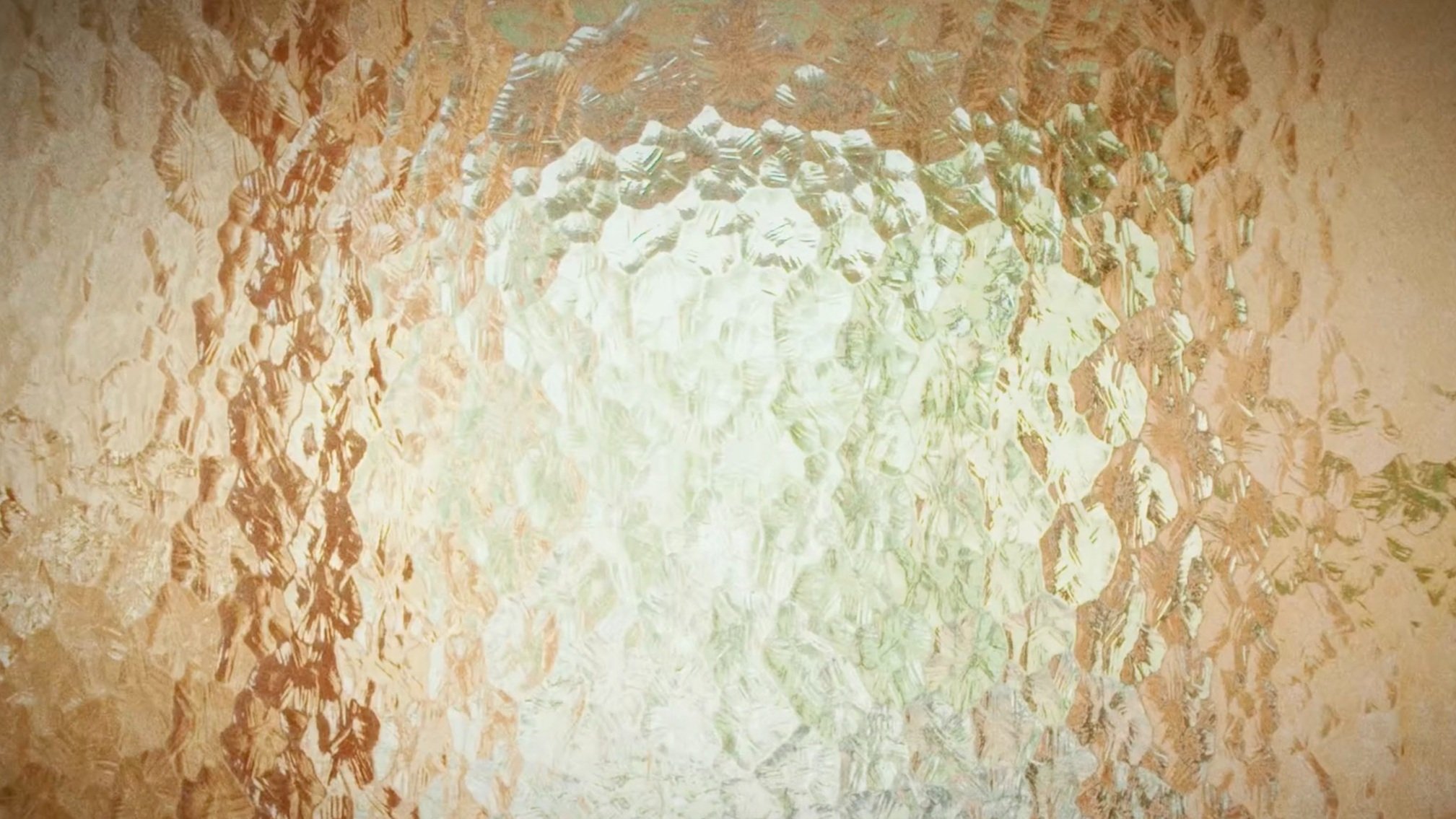




Director's VisionRaw. Nostalgic. Personal.
Lara Binamé
Screenwriter & Director
❝ Many of us know what it’s like to shape-shift for survival—only to wake up one day, without a map back to ourselves…❞
An unapologetic indie drama (the ones we love), And Then There Were Four comes from my heart. Bits and pieces of my lived-in experience—and that of people I love (with a lot of creative liscence). A 90s childhood, struggling parents, raw emotion—I know this feature (and the way we’re shooting and approaching it) has both high audience and festival impact potential. We’ve already gathered an award-winning team of talented folk, ready to shoot and embark on this gritty, emotionally charged and deeply human story.
Silence speaks in unflinching honesty. An intimate steadycam gimbal quickly tracks raw beats—and actors are welcome to improvise, between scripted beats.
Backlit dust particles. A harsh bedside lamp. The lighting is a natural as possible. And our music (composed by Juno-nominated artist & violinist Miranda Mulholland) will be lead by the celtic violin—an instrument rarely used in film scores.
I’m looking to embrace and welcome unfiltered humanity with memories flicker throughout, supporting this generational story.

creative team
creative team
Listen Up
Miranda Mullholand
Music Composer
SCRIPT SAMPLE
pay it forward.











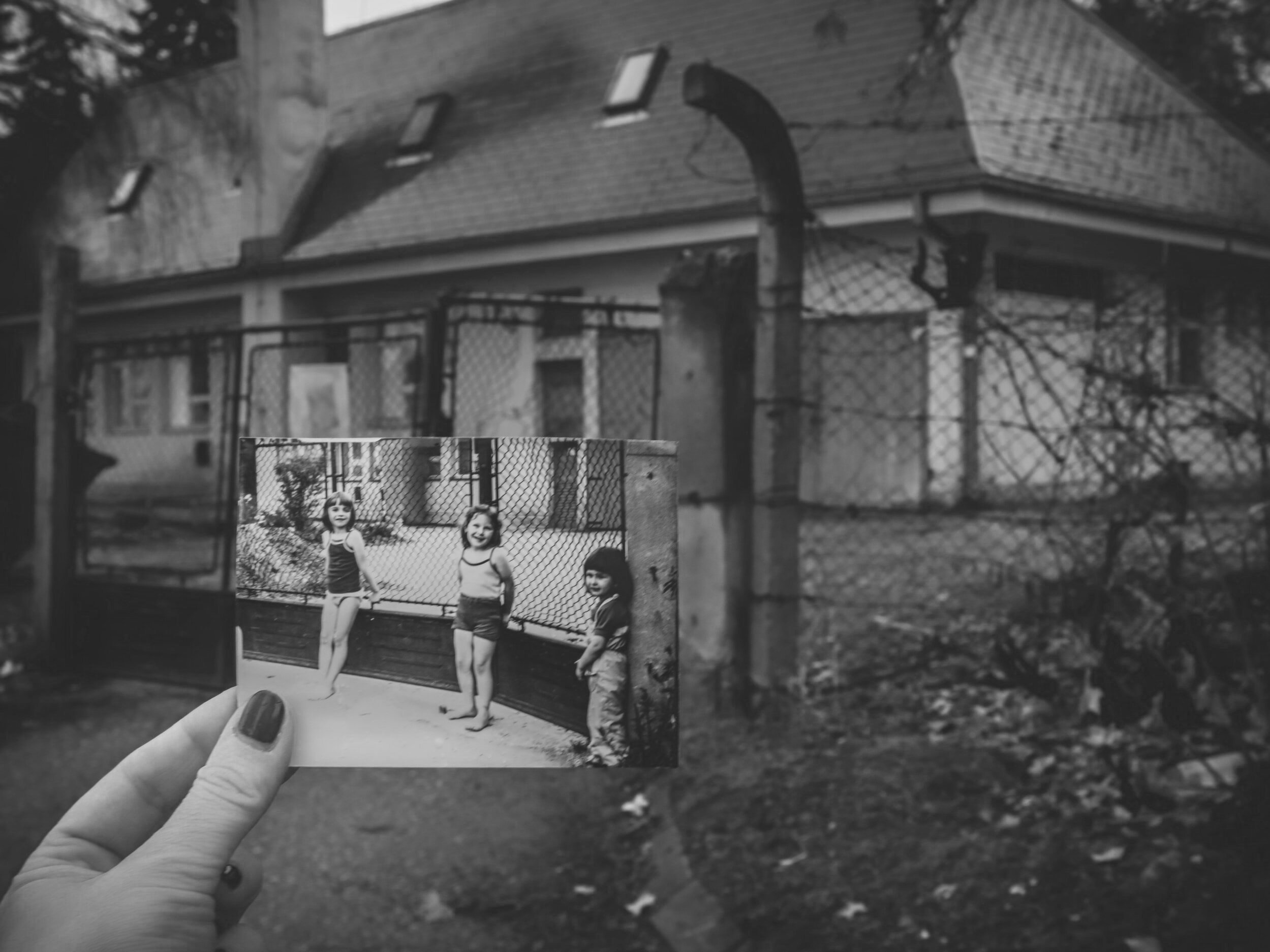









![Camera roll #moodboardinspo… [Quiet, muted, soft, fragile, intimate, sincere, kind and present.] These remind me of moments with Penny (Lead Character, casting TBD). *All frames are from « August: Osage County » (film), D](https://images.squarespace-cdn.com/content/v1/674e04a67df4ac0cb346b0f5/1761431880719-WERIIDODES921EL7UGEK/image-asset.jpeg)


![A look into @larabiname director’s vision & approach. 🔥
[Website coming soon]
📷 by @peachmillk
#filmdirector #indiefilm #indiefilmproduction #indiemovie #indiedirector #telefilm #talenttowatch](https://images.squarespace-cdn.com/content/v1/674e04a67df4ac0cb346b0f5/1746927695596-SWM96HHI17WKI3VSYN3O/image-asset.jpeg)